America’s Petrochemical Landscape
In 1998, the landscape photographer Richard Misrach roamed Louisiana to document a legacy of its petrochemical industry. In a series of stark photographs, he captured how the infrastructure of oil, gas, and chemical companies dominates the environment, running through waterways and open spaces and looming over neighborhoods. The photos seen here, along with others by Misrach, formed the basis of a 2012 book, “Petrochemical America,” in which the landscape architect Kate Orff also mapped the environmental damage wrought by the industry. Misrach’s photos serve as a reminder of how widely the petrochemical business encroaches, well beyond the sites where oil and gas are pulled from the earth.
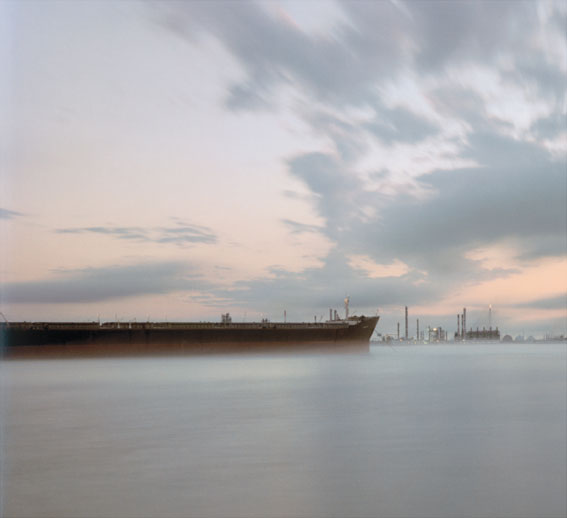
Tanker on Mississippi River near Bonnet Carré Spillway
Norco, Louisiana, 1998
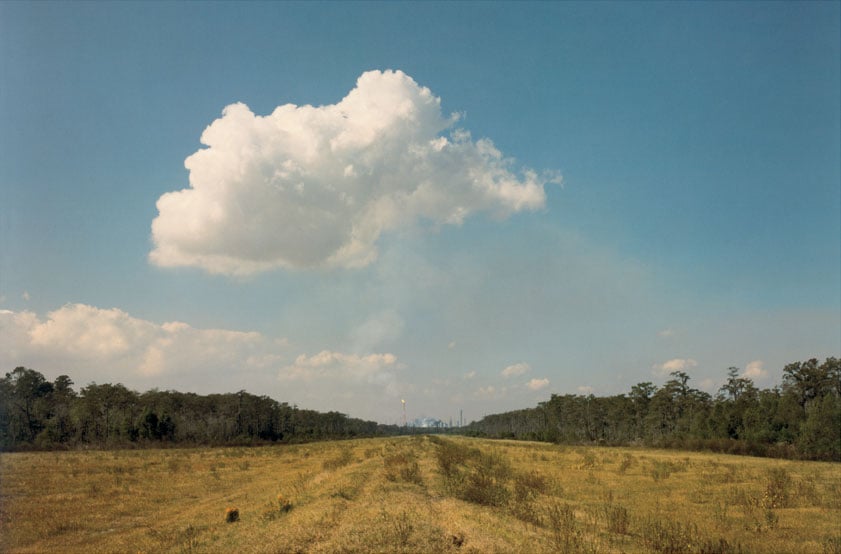
Shell Chemicals refinery
Norco, Louisiana, 1998
Hydrocarbons from the huge refinery frequently combine with moisture in the air to produce natural-looking clouds nicknamed “Norco cumulus.”
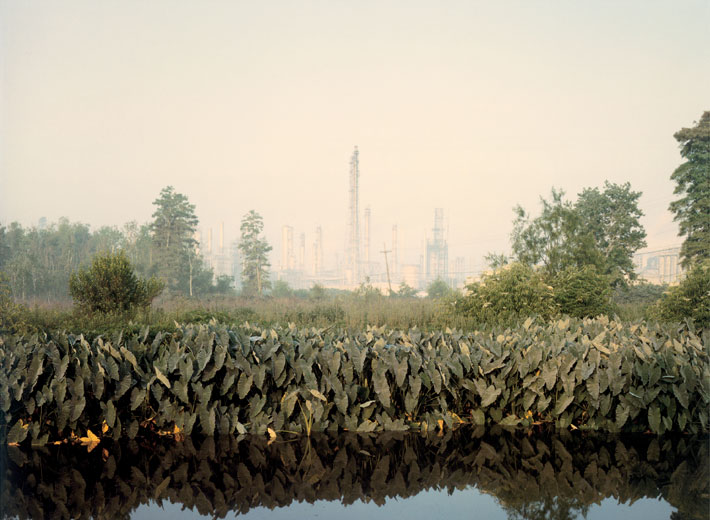
Orion refinery, Good Hope, Louisiana, 1998
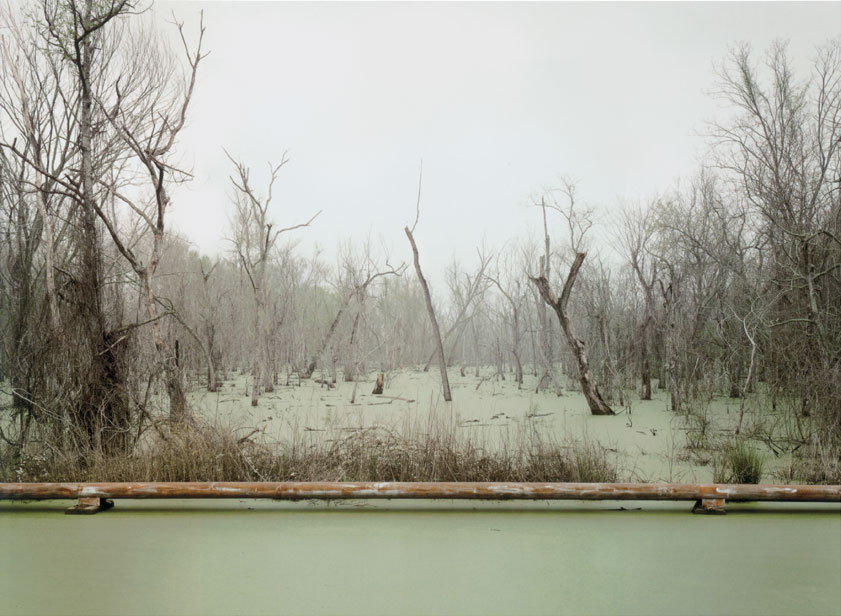
Swamp and pipeline, Geismar, Louisiana, 1998

TOP:
Trailer home and natural gas tanks
Good Hope Street, Norco, Louisiana, 1998
The town of Sellers was renamed Norco—an acronym for the New Orleans Refining Company—in the 1930s. After decades of complaints and lawsuits, Shell relocated most of the town’s residents in 2002.
BOTTOM:
Playground and Shell refinery
Norco, Louisiana, 1998
Misrach says the basketball court was all that remained of an elementary school that burned down in 1968, on the eve of its desegregation.
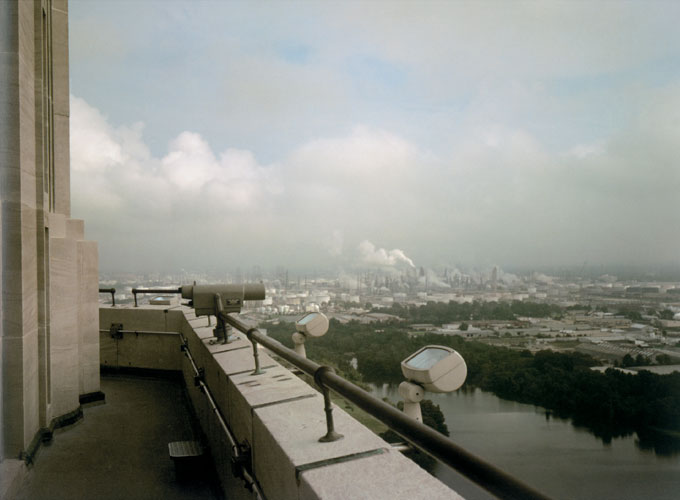
View of Exxon refinery, State Capitol
Baton Rouge, Louisiana, 1998
Keep Reading
Most Popular
Large language models can do jaw-dropping things. But nobody knows exactly why.
And that's a problem. Figuring it out is one of the biggest scientific puzzles of our time and a crucial step towards controlling more powerful future models.
The problem with plug-in hybrids? Their drivers.
Plug-in hybrids are often sold as a transition to EVs, but new data from Europe shows we’re still underestimating the emissions they produce.
How scientists traced a mysterious covid case back to six toilets
When wastewater surveillance turns into a hunt for a single infected individual, the ethics get tricky.
Google DeepMind’s new generative model makes Super Mario–like games from scratch
Genie learns how to control games by watching hours and hours of video. It could help train next-gen robots too.
Stay connected
Get the latest updates from
MIT Technology Review
Discover special offers, top stories, upcoming events, and more.